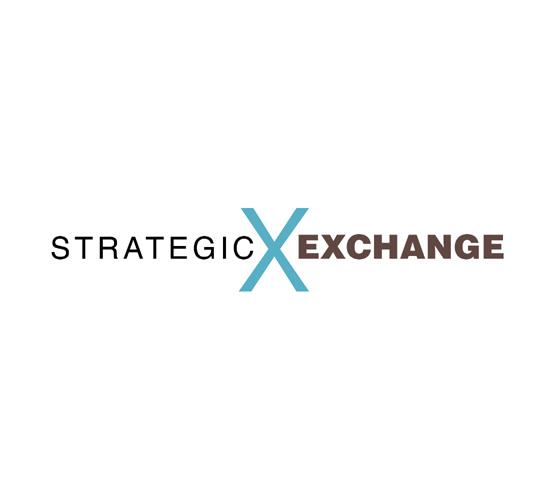Strategic Exchange: The economy faces headwinds but growth continues – May 2022
By Kemp Harr
We’re beginning to hear about retail traffic slowing down, but at this point, nothing drastic. This should come as no surprise because the stated purpose of the Fed raising interest rates is to slow demand in an effort to curb inflation. So flooring demand will be impacted, as well.
Two data points to keep in mind are that unemployment levels were at 3.6% in March, a near record low-that’s the good news-and also that inflation is at a 40-year high-that’s the bad news. The impact of the Russian–Ukraine war on commodity and energy prices made inflation jump even higher. But with everybody working, the economy will be further stimulated. How hard the Fed pumps the brakes will determine what we see in 2023. For now, economists are forecasting a GDP growth of 3.3% for 2022. Sure, that’s half of what we saw in Q4 of last year, but it’s still growth.
I recently read that in eight out of the last nine tightening cycles, the economy ended up in a recession, which reminds me of Ronald Reagan’s famous quote about the government’s ability to help. “Government is not the solution to our problems; government is the problem.” Time will tell, but for now, it looks like momentum could keep us on a growth trajectory at least to the end of this year.
WHAT’S GOING TO HAPPEN TO ARMSTRONG FLOORING?
As I sit to write this column, we are days from knowing the fate of the Armstrong brand and the AFI assets. We know there are suitors, but we also know their offers at the beginning of the month were non-binding. Is it time to write an epitaph or celebrate a new beginning with a fresh set of investors?
Just to remind the reader, Armstrong Flooring had to enter into a definitive binding purchase agreement, merger agreement or similar agreement by the beginning of this month, and the deal must close by June 15.
Armstrong has had four straight years of losses since it sold its hardwood flooring business in December 2018. Today, the firm’s product focus is 100% resilient, which, as you see in our Annual Report, is the fastest-growing flooring category with around 30% growth last year. Whoever buys Armstrong Flooring in its entirety will get seven manufacturing facilities-five of which are domestic, plus one in China and one in Australia.
The big question for a potential foreign investor is, how tired are those domestic assets? Here is one of the oldest, best-known brands in the flooring business, with five domestic factories focused on the fastest-growing flooring category at a time when ocean freight costs are through the roof, and tariffs punish in-bound products from China. In addition, much of Armstrong’s market strength today is in the commercial market, and that’s also the market on an upward trajectory.
The most likely scenario is a breakup, where different investors take different pieces. Out of five domestic factories, two are focused on LVT. I’ve visited one of them and when I toured the facility, I remember thinking, “If these walls could talk.” The massive building was built to hang linoleum sheets to dry, so the modern LVT equipment was almost lost in the cavernous ten-story shell of a building. In other words, the building is not exactly optimized for its new purpose Last year, Armstong’s U.S. sales were $478 million. It’s highly unlikely that capacity won’t be used by someone when the dust settles.
FUTURE OF CHINESE 301 TARIFFS
Those of you who follow this industry closely know that most flooring products imported from China are currently subject to a 25% Section 301 tariff that was implemented when Trump was president. You also know that the multilayered LVT product that has grown almost exponentially in the last decade was developed and refined in China. Today, that 25% tariff, coupled with the supply chain issues and exorbitant container costs, has made China-produced LVT less competitive here in the U.S. Another short-term issue to factor in is the fact that the Chinese-developed Covid vaccine isn’t as effective as what was developed in the West. So, at this point in time, business is looking pretty favorably on the competitive advantage of domestically produced LVT. But what happens if the 25% tariff is eliminated?
Legislators in Washington have decided to take two competing bills to committee to resolve whether the tariffs should remain in place. The House bill is called the COMPETES Act, and the Senate bill is called the U.S. Innovation and Competition Act (USICA). Decisions in Washington don’t move quickly, but Harlan Stone, CEO of HMTX, is hopeful that a resolution could be reached by June. We’ll keep you informed both here and on FloorDaily.
If you have any comments about this month’s column, you can email me at kemp@floorfocus.com.
Copyright 2022 Floor Focus
Related Topics:Armstrong Flooring, HMTX
